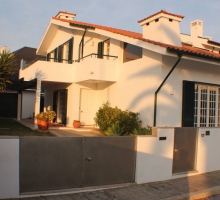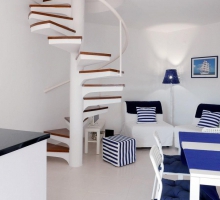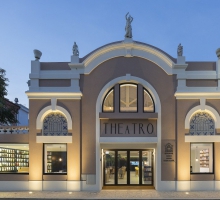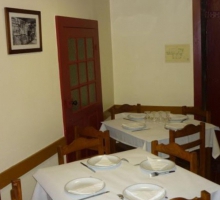Widely dispersed for 600 meters along the Angeiras Beach, they are six units of salting tanks (Roman ruin), amounting to a total of 32 pieces dug in the rocks during the Roman period (3rd to 4th centuries AD).
These rectangular cavities with diverse deepths would be used for fish salting and the production of other types of canned fish, including the famous "garum".
Nearby, there were also detected several structures molded by shingles and long-standing clay floors, enclosed by small stone walls.
These are the vestiges of saline saltern on which salt was extracted for the brine production.
Due to its rarity and importance, this roman industrial settlement was classified as a National Monument in 1970.
Location: Matosinhos
These rectangular cavities with diverse deepths would be used for fish salting and the production of other types of canned fish, including the famous "garum".
Nearby, there were also detected several structures molded by shingles and long-standing clay floors, enclosed by small stone walls.
These are the vestiges of saline saltern on which salt was extracted for the brine production.
Due to its rarity and importance, this roman industrial settlement was classified as a National Monument in 1970.
Location: Matosinhos








